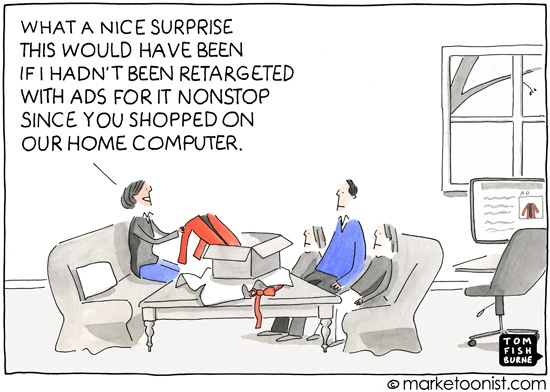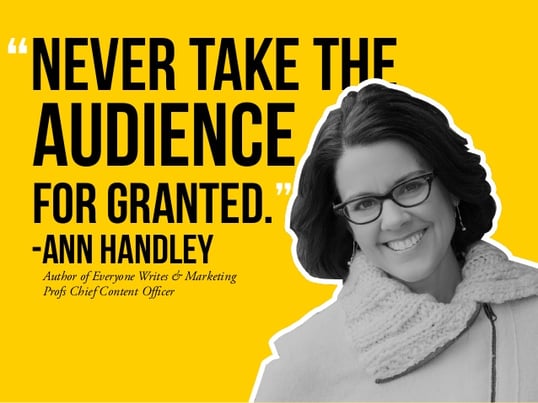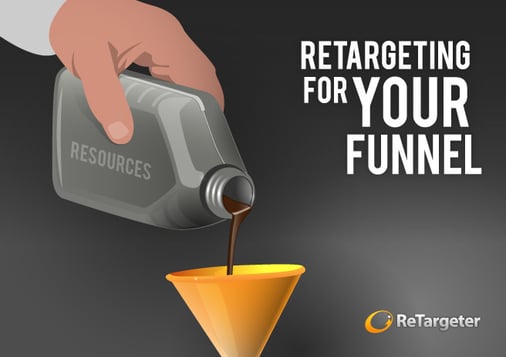 Retargeting efforts, known to some online advertising as "remarketing" strategies, can be one of the most potent and effective tools in your arsenal when it comes to continuously attracting and retaining customers.
Retargeting efforts, known to some online advertising as "remarketing" strategies, can be one of the most potent and effective tools in your arsenal when it comes to continuously attracting and retaining customers.
In general, the process of retargeting means placing a small amount of code on your website, which watches visitors on your behalf. In other words, when a new visitor approaches your website, the small piece of code will leave a cookie on their browser that allows you to continue sharing advertisements with those users - even as they leave your website and travel to other locations on the web. Instead of having to track down your audience and remind them of the valuable products and services you have to offer, your retargeting solution can do the hard work for you, allowing you to focus exclusively on creating effective ads for whatever you have to offer.
Statistics suggest that only around 2% of first-time visitors to your website will convert, and retargeting is a powerful tool because it allows you to focus your attention on the other 98%. These are the would-be customers who have already been exposed to your brand, but didn't convert for whatever reason. Following, we'll discuss some of the retargeting strategies you can't afford to ignore, if you want to make the most out of your conversions.
Strategy 1: Set a Frequency Cap
When making use of a retargeting campaign, there are two primary mistakes many marketers make. One of the worst things you can do when attempting to call back customers, is to bombard them with ads so frequently that they feel as though they are being harassed. The other mistake you can make, is failing to serve enough ads, and leaving too much value on the table.
The best way to deal with the situation is to find a balance between underserving and overbearing your audience. Often, this can be achieved by setting a frequency cap of around fifteen to twenty impressions for each user each month. This is enough to keep your brand at the forefront of your audiences' mind, without driving them insane.
Strategy 2: Use Segmentation
Alongside knowing how often you should be showing impressions to your target audience, it's also a good idea to use segmentation in chasing the best possible results. If the primary goal of your retargeting campaign is to drive activation from new users and customers, then you should place a "burn pixel" on your "Thank You" page after a conversion, to ensure that you aren't wasting retargeting efforts on users that have already converted.
Most retargeting platforms will allow you to set up different messages for your active and engaged audience, as well as an additional retargeting campaign designed for your burned or converted audience. In other words, one segment will receive advertising intended to sell an initial product, whereas another may receive advertising created to encourage upselling and reselling options.
Strategy 3: Seek Out an Actionable Audience
Remember, the placement of your segment pixel (or the small piece of code used for retargeting), is crucial in determining the success of your campaign. Many people place their segment pixel on landing pages to ensure that they're retargeting people who have some familiarity with the brand already. However, if you drive a large amount of low-quality traffic to your website, you might find it is more appropriate to place the retargeting pixel on a pricing or products page instead.
Adjusting the placement of your pixel will help to ensure that you are focusing your attentions on an audience that is ready to take action, not just any other visitor.
Strategy 4: Expand Your Network Reach
The theory of retargeting works because it consistently keeps your brand close to your audience, wherever they go. This means it's crucial to ensure you're retargeting your visitors across as much ad inventory space as possible.
Strategy 5: Optimize Your Conversion Funnel
Just as it is important to ensure that your ads are well-branded when attracting the attention of your audience, it's also important to consistently A/B test your landing pages and ad creatives to discover areas where they may be able to be improved. If you haven't conducted A/B testing before, start with two different creative iterations and landing pages and use retargeting to test how well both options work at prompting a conversion. Once you've learned enough, you'll be able to remove the failing iteration, and create a new optimized creative which you can then continue to test. It may seem like a lot of hard work, but if you keep testing until you meet your metric goals, you're more likely to access better results overall.





